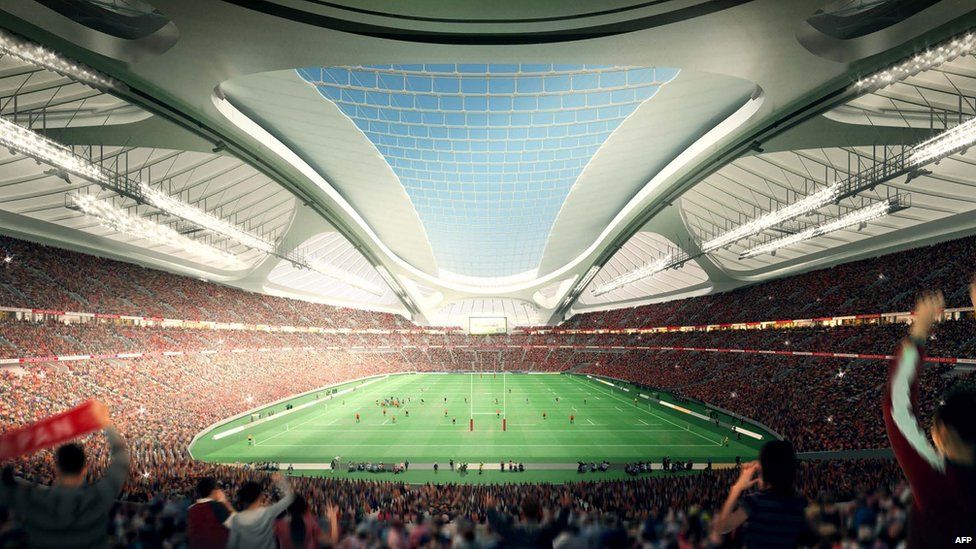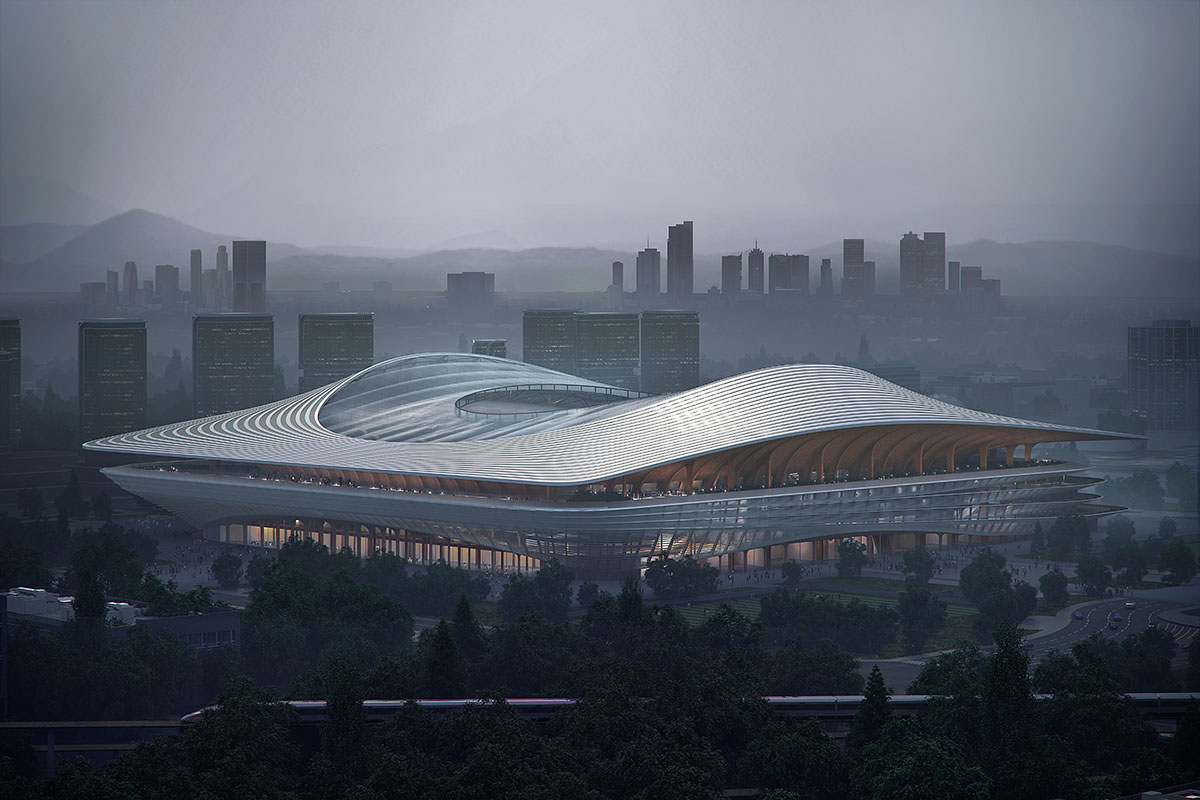
Bigger screens, state-of-the-art sound systems, super-fast wi-fi and high-density mobile coverage all serve to create a more immersive environment in which fans inside the stadium can share their experiences with other fans across the globe. Modern stadiums must elevate the match day experience for all.Ĭreating a physical experience to match the digital experience Nor can they prioritise the needs of hospitality guests over ordinary punters (as has been the accusation against some modern stadiums).

In a world with rising ticket prices, where you can watch The Big Game in super HD from the comfort of your own sofa and access real-time stats and action replays on your mobile phone, stadiums can no longer merely be functional structures designed to contain people. We wanted to create one of the noisiest, most exciting match day atmospheres anywhere, because as technology changes the way we consume sports, so our expectations of the live experience are growing.

By using this we were able to develop a bespoke, concert-hall inspired setup with specially designed roof panels that reflect sound back into the stadium bowl, building a cacophony of noise as the chanting spreads around the ground. At the new Tottenham Hotspur Stadium we worked with sound engineers to create a digital projection of the acoustics within the seating bowl, showing how the sound waves would react to certain materials or shapes in the structure. It’s part of a growing trend which has seen architects developing ways in which to quantify, measure and enhance the atmosphere within stadiums-and is a key element in our design process at Populous. The bowl at Tottenham Hotspur Stadium, London, Populous, showing two of four huge HD screens. Increasingly there is also a move towards designing a more traditional style of seating bowl, particularly at football grounds, with four clearly defined stands tightly clustered around the pitch and huge single-tier stands designed to create a sense of togetherness amongst fans and a deafening wall of noise. Now we design seating bowls factoring in detailed calculations for sightlines and proximity to ensure every fan is as close to the action as possible. This configuration maximises the capacity of the seating bowl but for the spectators in the top corners, who are a long way from the pitch, the quality of the live experience is often questionable. Progress in terms of tackling the issue of “experience” in stadium architecture and design has taken architects longer.Īround the turn of the century, there was a trend for designing “bowl” stadiums where the seating runs in one continuous ring around the ground.
#Stadium design series#
In the wake of a series of high-profile disasters at stadiums throughout Europe in the 70s and 80s, the 90s saw a determined shift driven by both government and industry towards designing all-seater venues that ensured safety and comfort for all spectators. Historically this saw huge crowds of people packed tightly into the stands, with little regard for either safety or sight lines.

Such is the popularity of sport that one of the primary challenges of stadium architecture has always been accommodating as many spectators as possible within a predetermined space. The last-minute goal, the winning shot that barely clips the baseline, the thrill of the chase down the home straight-these are the experiences that bring us closer together, uniting us in a shared moment of unbridled joy and celebration. Few collective experiences compare to that of the live sports event.


 0 kommentar(er)
0 kommentar(er)
